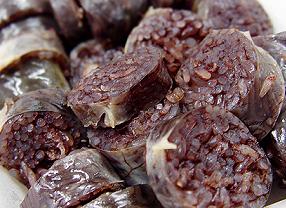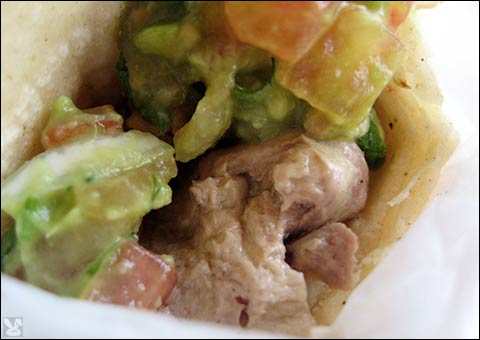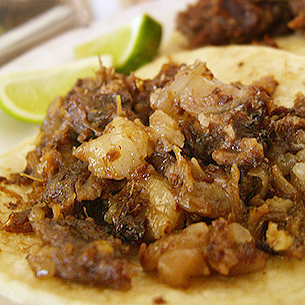Take, for example, my experience dining at one of the newfangled chef-driven food trucks, H-town strEATS.

At $3 per taco, they were double the price of the average taco truck around town, but I suppose some allowances were to be made for such exotica as pork belly and Korean beef tacos. Never mind that such standbys as lengua, sesos, ojos, barbacoa, and chicharrones are already considered exotic by mainstream standards.

To put it gently, I was rather disappointed. The start with, the tacos were presented on machine pressed prefab tortillas. Even reheated on a grill, contrasting that to freshly made tortillas is no contest. What's evident here is that the tortillas are nothing more than carriers for the filling.
So let's talk about the filling. I didn't exactly understand what was Korean about the Korean beef taco, least of all the inclusion of cotija cheese. The pork belly came in the form of shreds. Which already obviates the point of pork belly, which gets a lot of it's appeal from the layering of meat and fat. The contrast with the cucumber is a natural, but not so impressive.

The fried risotto balls (which are Italian arancini near as I can tell) fare a bit better. The rice is proper risotto texture, and there's a little chunk of mozzarella in each one. The tomato jam underneath it is too sweet, however.
The problem I see here is that food trucks are trendy at the moment, and seems that every rising chef sees the need to be amidst this trend, recapitulating "restaurant quality" food on the street, but with much lower overhead. But it isn't food truck quality food, which, contrary to the false dichotomy, can and is actually be very good. And amazingly inexpensive.
Unfortunately, I didn't see the soul in the food of strEATS. It is by no means bad, but at double the going rate of lonchero tacos in town, I'd like to taste more effort.













































